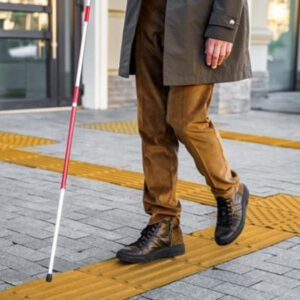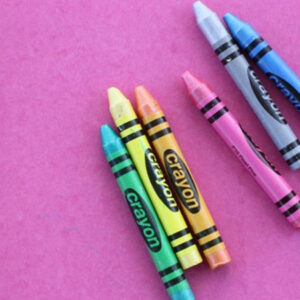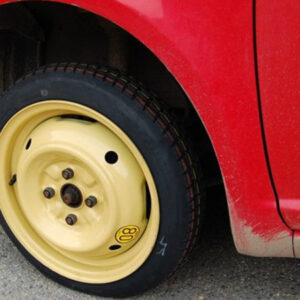
A mouse pad can be a lifesaver. Whether you are trying to edit a document, play a game, or just get frustrated with the way your mouse doesn’t want to react, you may find yourself in need of a mouse pad.
This can be common if you are traveling and use a mouse with your laptop, or just if you recently moved and can’t find a mouse pad. Don’t worry, if there isn’t a mouse pad around, you don’t have to deal with a lagging response. Here are 14 things to use as a mouse pad when you need something.
About the Mouse Pad
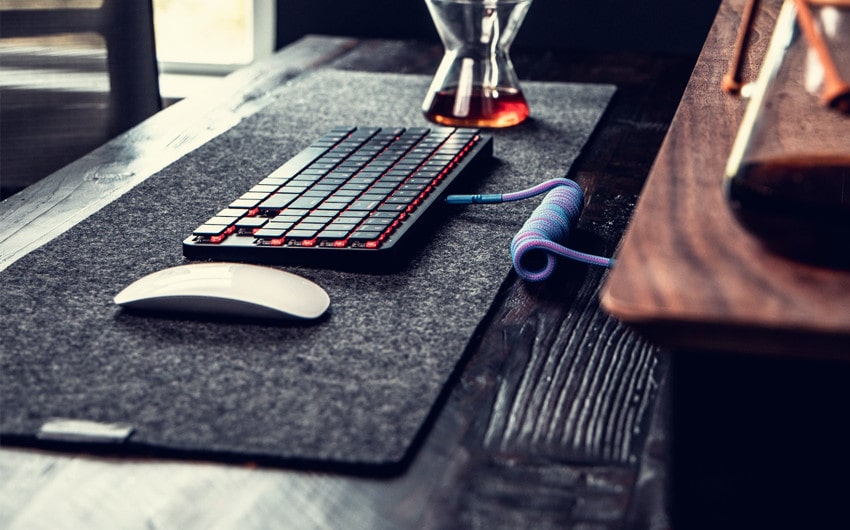
Mouse pads are flat pieces of material, usually fabric, plastic, or a mix of both. Most commonly, they are in rectangle or square shapes, but they can come in other forms or shapes as well if you buy specialty ones.
For the top layer of material, though they serve the same broader purpose, they have slightly different uses. A hard surface such as plastic or rubber works best for tracking. It allows you to move your mouse faster and get more accurate tracking.
However, fabric can be better for gaming. It does slow movements a little as there is more friction, but it can make your movements more accurate and can stop your mouse on a dime so you don’t over-scroll or move.
They are designed for modern computer mice that use LED lights or a laser to track movement. They do not benefit old mechanical mice as much, which are the ones that have a little ball at the bottom.
Mouse pads go by a couple of different names, such as a mouse mat or a desk pad. Usually, however, these mats or desk pads are bigger and encompass more than just the mouse, such as the keyboard and other accessories that you may have.
A mouse pad allows the LED lights or laser to read movement better so it tracks on the screen better. Additionally, a mouse pad allows for more traction and smoother movement of the mouse so your mouse flows when you need it to and isn’t getting stuck on small bumps on your desk or due to unwanted friction.
14 Things to Use as a Mouse Pad
1. Bedsheet

If you are used to fabric mouse pads, a bed sheet can be a quick answer. When you are using a laptop, you can just sit in bed with your mouse. Just make sure you have a flat and smooth area of the bedsheet to move the mouse around.
Too many wrinkles can make it hard for your mouse to track your movements and you may get stuttered responses from the mouse.
If you are using a desktop, you can cover your table with a bedsheet to create a slick and smoother surface. If your table is very uneven, you can add a couple of sheets to the desk for a smoother surface. Use fitted sheets so they stay in place or tape to hold them together.
2. Cardboard

Cardboard can also work in a pinch. It tends to slide around, which can be a problem, but you can fix this with a damp towel underneath, or some tape to hold it in place.
Regular cardboard works best, but if you are used to more of a plastic feel, the shiny and reflective cardboard such as on diaper boxes works well. This can be used on a desk, on your lap, or beside you on a surface that is too uneven for the mouse to usually read it.
3. Duct Tape
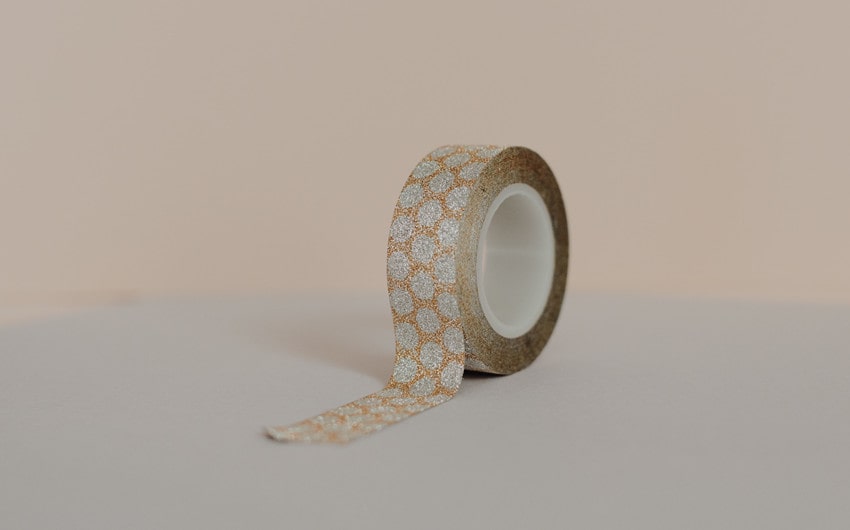
In a quick fix, duct tape can also work well. Because duct tape can leave a sticky residue or pull up paint, it is best to use this one only on things you don’t really care about or are planning to toss soon. Add a few layers underneath of fabric or cardboard to make it more even and cover it with duct tape to create a smooth surface.
This isn’t the best method as it can mess up tables, and doesn’t look very nice, but it can work if you are in a pinch. If you do have a mouse pad, but it broke or ripped, duct tape can also be a quick repair until you can get another one.
4. Folder

A folder can also work well. Usually, plain ones are best, but any can work in a pinch. All you have to do is place it on a somewhat level surface and put your mouse on top.
Any kind of folder works, including soft paper folders and hard plastic folders. Hard plastic folders are usually slanted, which can lead to your mouse sliding off if you aren’t actively holding it, but you can use the inside of the folder to make it leveler.
The front or the back can work well, as can the inside of a folder. However, the inside of a folder often has pockets or pouches that can trip you up while you are moving the mouse around.
5. Hardcover Book

Do you have any old textbooks around? A hardcover book can be an excellent makeshift mouse pad no matter where you are. It can balance on the arm of a chair or fit into a small space around you.
Some books may be too small to use, like regular fiction books, but textbooks or art books are often wide and flat enough and can give you plenty of space. Sometimes the glossy texture can also make it hard, but you can add a piece of fabric or paper on top to make it less shiny and more of one color.
6. Lap

In a pinch, your lap can also work. Use your thighs as a mousepad. As long as you have fabric covering your leg, you can get most things done. It doesn’t work well for gaming or things where you have to react quickly, but can be good for simple scrolling or moving of items.
7. Magazine

A magazine also works if you just need a thin layer to use as a mousepad. The shiny paper sometimes doesn’t work well, but when needed it can read the movement for the most part. It may not be great for gaming, but it can get the basics done.
8. Papers

Similar to magazines, using a couple of layers of paper can also be a great mousepad. Papers sometimes work better than magazines, because they aren’t as shiny and are more all of one color which makes it easier for your mouse to track.
You can use any kind of paper or cardstock you have available, and stack it up until you get the desired thickness. If it starts to separate or slide around, you can staple the papers together or tape them in place.
9. Desk

If you are using a desk to work, then there is no reason you can’t just use the desk for your mouse pad. Solid wood or plastic desks work well as a mouse pad, though they may not be as comfortable as using a mousepad for your wrist.
10. Old T-shirt
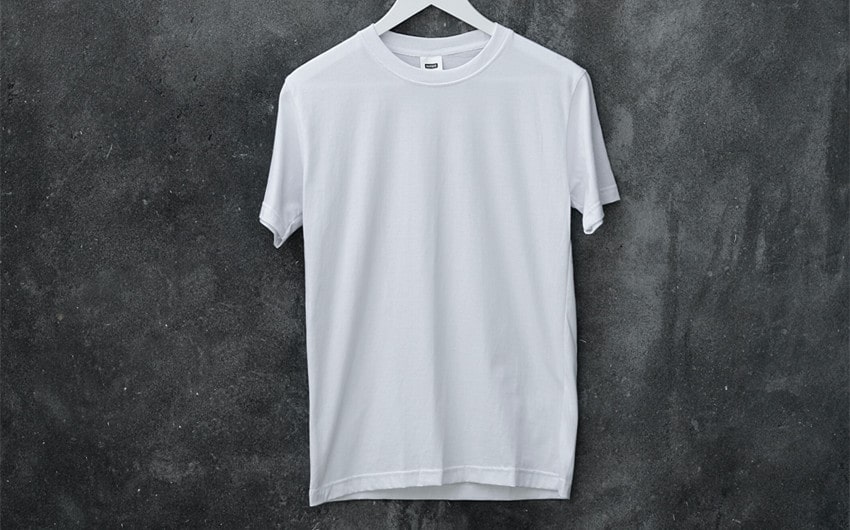
If you like the feeling of fabric mouse pads better, use an old T-shirt to get a similar sensation. You can place this on top of the cardboard, a desk, or even a book. Tape or clip it into place to prevent wrinkles and it should work fine. Again, a solid color tends to work a little better than a mix of colors for mouse tracking.
11. Table Mat

Do you remember those fancy table runners and mats that went under your plates at the dinner table? If you are sitting at a desk, these can work well for a mouse pad. Some mats can be textured, which may make it difficult, and they can slip around, but for the most part, they work well.
12. Tray

Trays can also be a great option. Dinner trays or TV trays both work well for a mouse pad. They can be an enclosed space for your mouse and give you a bit of space to let your tracker roam freely without feeling confined.
13. Wax Paper

Wax paper is often used in kitchens to stop things from sticking. However, it also works on your desk to allow for better movement and traction. Just tape it in place and put your mouse on top and you are ready to go.
14. Make Your Own
Finally, you can make your own mouse pad. Most standard mouse pads are eight by ten inches, but you can make yours any size you want. It isn’t a good idea to go below this size though, or you may find yourself without any space to move around.
As a base, use cardboard. Then you can add some firm foam for the top and cover it with plastic or fabric. Add a heavily textured bottom to stop the mat from slipping. Textured rubber is a good option.



